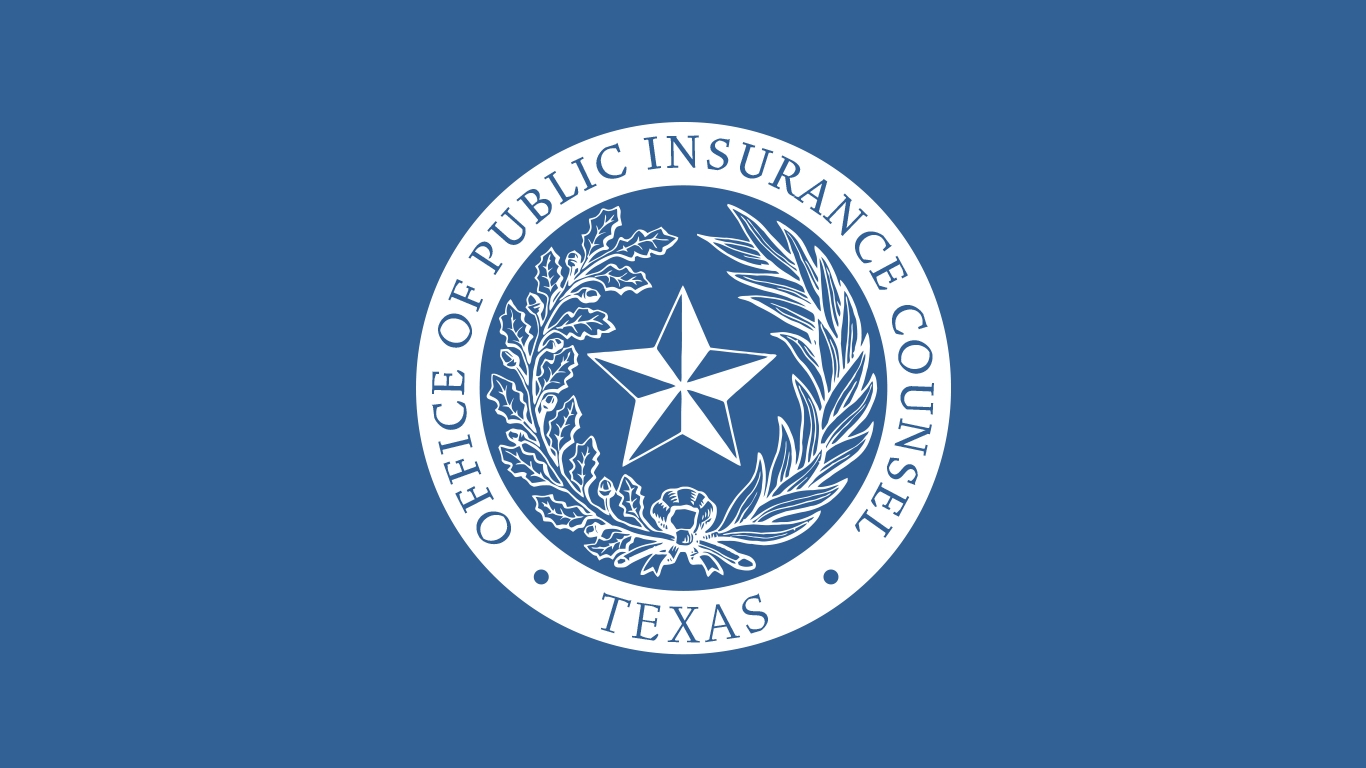Home>Finance>How Is The Minimum Payment Amount Calculated On A Credit Card


Finance
How Is The Minimum Payment Amount Calculated On A Credit Card
Published: February 27, 2024
Learn how credit card companies calculate the minimum payment amount and manage your finances effectively. Understanding the minimum payment can help you avoid unnecessary interest charges and debt accumulation.
(Many of the links in this article redirect to a specific reviewed product. Your purchase of these products through affiliate links helps to generate commission for LiveWell, at no extra cost. Learn more)
Table of Contents
Introduction
Understanding the Minimum Payment on Credit Cards
Credit cards have become an integral part of modern-day financial transactions, offering convenience and flexibility to millions of users worldwide. However, while the benefits of credit cards are undeniable, it's crucial to comprehend the intricacies of managing credit card debt effectively. One fundamental aspect of credit card usage is the minimum payment requirement, a concept that warrants thorough understanding to avoid potential financial pitfalls.
The minimum payment on a credit card represents the smallest amount a cardholder must pay by a specified due date to maintain their account in good standing. While making the minimum payment might seem like a convenient way to manage monthly expenses, it's essential to recognize the long-term implications of this approach. In this article, we will delve into the calculation methodologies, factors influencing minimum payment determination, and the significance of paying more than the minimum to gain a comprehensive understanding of this critical aspect of credit card management.
Understanding the minimum payment dynamics can empower cardholders to make informed financial decisions, ultimately leading to improved financial well-being and responsible credit card usage. Let's explore the intricacies of minimum payments on credit cards to navigate the realm of personal finance with confidence and prudence.
Understanding Minimum Payments
Minimum payments on credit cards are designed to ensure that cardholders fulfill their financial obligations by making regular, albeit minimal, contributions toward their outstanding balances. These payments serve as a safety net, preventing accounts from falling into delinquency and incurring late fees. However, it’s essential to recognize that while minimum payments offer short-term relief, they can lead to long-term financial strain due to accruing interest and extended repayment periods.
When cardholders only pay the minimum amount due, they essentially carry forward the remaining balance to the next billing cycle, subjecting it to interest charges. This can perpetuate a cycle of debt accumulation, impeding financial progress and potentially leading to overwhelming debt burdens.
Understanding the implications of minimum payments underscores the importance of developing sound financial habits, such as budgeting and prudent credit card usage. By comprehending the significance of minimum payments, cardholders can make informed decisions that align with their long-term financial goals, thereby mitigating the adverse effects of revolving credit card debt.
Factors Affecting Minimum Payment Calculation
The calculation of minimum payments on credit cards is influenced by various factors, each playing a pivotal role in determining the amount cardholders are required to pay each month. Understanding these factors is essential for cardholders to gain insight into the mechanics of minimum payment determination and its impact on their financial obligations.
One of the primary factors affecting minimum payment calculation is the outstanding balance on the credit card. Typically, minimum payments are calculated as a percentage of the total balance, often ranging from 1% to 3% of the outstanding amount. As the balance fluctuates, so does the minimum payment, directly correlating with the cardholder’s financial responsibility.
Another critical factor is the annual percentage rate (APR) applied to the credit card balance. The APR represents the cost of borrowing on the card, and a higher APR results in increased interest charges, consequently influencing the minimum payment amount. Additionally, any promotional or introductory APR offers can impact the minimum payment calculation during the promotional period.
Furthermore, late fees and penalty APRs can contribute to higher minimum payments, as these additional charges increase the total balance due. Cardholders should be mindful of these fees and their implications on minimum payments to avoid unnecessary financial strain.
Understanding the interplay of these factors enables cardholders to anticipate and plan for their minimum payment obligations effectively, fostering responsible financial management and informed decision-making.
Calculation Methodologies
The methodologies employed to calculate minimum payments on credit cards vary among issuers, often incorporating a combination of percentage-based calculations and fixed amounts. While specific methodologies may differ, they typically adhere to regulatory guidelines and aim to ensure that cardholders fulfill their financial obligations while addressing the issuer’s risk management considerations.
One prevalent approach to minimum payment calculation involves a percentage-based method, where the minimum payment is determined as a percentage of the outstanding balance. This percentage often ranges from 1% to 3% of the total balance, providing cardholders with a clear understanding of their minimum payment obligations in proportion to their outstanding debt.
Additionally, some issuers incorporate a fixed minimum payment amount, ensuring that cardholders contribute a predetermined sum towards their balances, irrespective of the outstanding balance percentage. This fixed amount serves as a safety net, preventing excessively low minimum payments that could prolong debt repayment periods and increase interest accrual.
Furthermore, regulatory guidelines may influence minimum payment calculation methodologies, aiming to protect consumers from predatory lending practices and exorbitant interest charges. These guidelines often outline the minimum payment structure and provide a framework for issuers to calculate minimum payments in a transparent and equitable manner.
By understanding the various calculation methodologies employed by credit card issuers, cardholders can anticipate their minimum payment obligations and make informed financial decisions. This knowledge empowers individuals to manage their credit card debt responsibly, mitigate the impact of accruing interest, and work towards achieving financial stability.
Importance of Paying More Than the Minimum
While meeting the minimum payment requirement on a credit card is essential for maintaining account stability, it is equally crucial for cardholders to recognize the significance of paying more than the minimum. By exceeding the minimum payment, individuals can effectively expedite debt repayment, minimize interest accrual, and enhance their overall financial well-being.
One of the primary advantages of paying more than the minimum is the reduction of interest charges. By allocating additional funds towards the outstanding balance, cardholders can diminish the principal amount subject to interest, ultimately saving money in the long run. This proactive approach accelerates debt repayment and alleviates the burden of prolonged interest payments.
Moreover, paying more than the minimum empowers cardholders to gain control over their financial obligations, fostering a sense of financial discipline and responsibility. By consciously allocating surplus funds towards their credit card debt, individuals demonstrate a commitment to managing their finances prudently, ultimately contributing to improved creditworthiness and long-term financial stability.
Furthermore, exceeding the minimum payment requirement enables cardholders to expedite the elimination of debt, freeing up financial resources for other essential expenses and long-term financial goals. This proactive debt reduction approach can alleviate the stress associated with prolonged debt repayment, providing individuals with the freedom to allocate their income towards building savings and investments.
Additionally, paying more than the minimum can positively impact credit scores, as it demonstrates proactive debt management and responsible financial behavior. This, in turn, enhances creditworthiness and opens doors to favorable financial opportunities, such as competitive loan terms and higher credit limits.
By understanding the benefits of paying more than the minimum, cardholders can leverage this knowledge to make informed financial decisions, accelerate debt repayment, and cultivate sound financial habits that contribute to long-term financial well-being.
Conclusion
In conclusion, comprehending the dynamics of minimum payments on credit cards is integral to responsible financial management. The minimum payment requirement serves as a fundamental aspect of credit card usage, ensuring that cardholders fulfill their financial obligations and maintain account stability. However, it is imperative for individuals to recognize the potential long-term implications of adhering solely to the minimum payment, including prolonged debt repayment and increased interest charges.
Factors such as outstanding balances, annual percentage rates, and additional fees influence the calculation of minimum payments, underscoring the need for cardholders to remain vigilant and informed about their financial obligations. By understanding these factors, individuals can anticipate their minimum payment obligations and make informed financial decisions that align with their long-term financial goals.
Furthermore, the importance of paying more than the minimum cannot be overstated. By allocating surplus funds towards debt repayment, cardholders can expedite the elimination of outstanding balances, minimize interest accrual, and cultivate responsible financial habits. This proactive approach not only contributes to improved financial well-being but also enhances creditworthiness and opens doors to favorable financial opportunities.
Ultimately, a comprehensive understanding of minimum payments empowers individuals to navigate the realm of credit card usage with prudence and confidence. By leveraging this knowledge, cardholders can make informed financial decisions, mitigate the impact of accruing interest, and work towards achieving long-term financial stability.
In essence, the prudent management of credit card debt, including the conscientious handling of minimum payments, is instrumental in fostering financial resilience and empowering individuals to pursue their financial aspirations with confidence and foresight.














